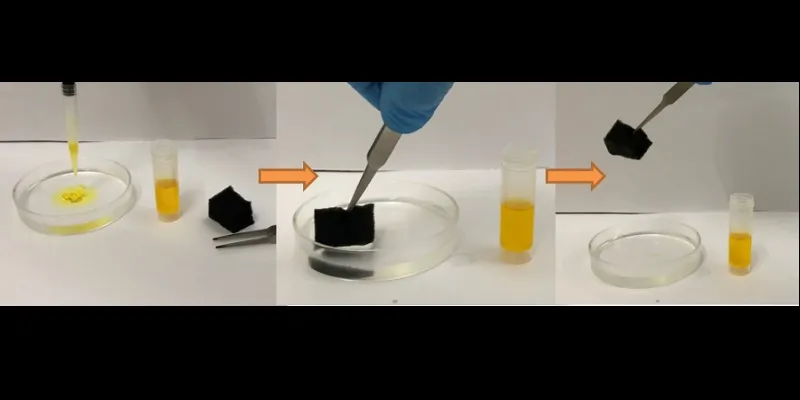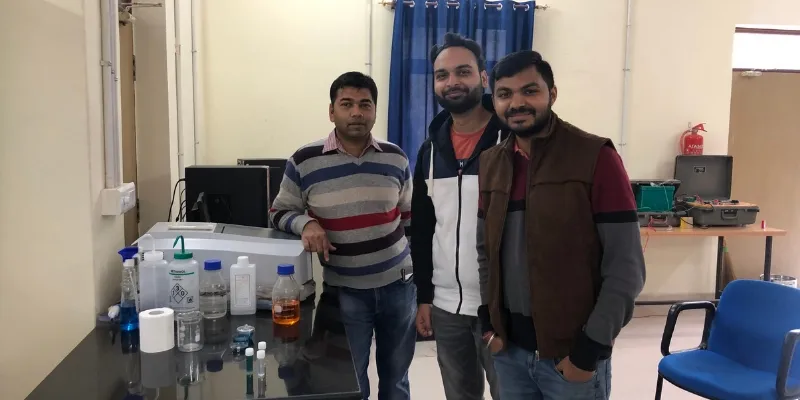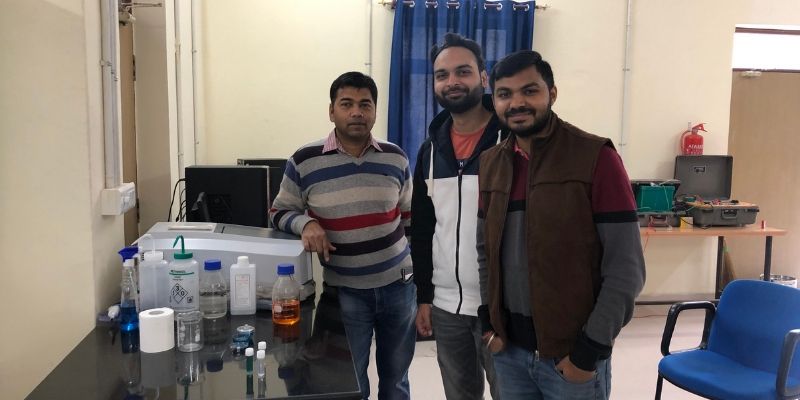IIT Mandi innovation could possibly eliminate organic pollutants and oils from rivers
Researchers at IIT Mandi have developed a solution that could help separate oils from the water, which could also be a boon to clean rivers.
India has two of the most polluted rivers in the world - Ganga and Yamuna. The discharge of sewage and industrial waste into these rivers from the states they flow through has been a huge matter of concern. The dire state of the Ganges is reflected in these numbers: it receives 2,900 million litres of sewage from the nearby tanneries every day.
The Central government, to curb this menace, had initiated Namami Gange, a national mission to save the river, which would also involve cleaning river Yamuna. Business Standard reports that Nitin Gadkari, Union Minister for Road Transport, Highways, Water Resources, River Development, and Ganga Rejuvenation had said:
By the end of March 2019, 70-80 percent of Ganga will be cleaned, and my feeling is that by March 2020, the river will be 100 percent clean.
Besides government agencies, a few individuals have also come up with indigenous solutions to tackle the issue of river contamination.
Dr Rahul Vaish, Associate Professor, IIT Mandi has developed a method that could possibly eliminate organic pollutants and oils from the rivers.

ALSO READ: IIT-Mandi innovation converts harmful pine needles into eco-friendly fuel
Dr Vaish and his team have incorporated diesel exhaust soot into polymer sponges (usually found in pillows) to study their capability to adsorb oil and other organic materials from water.
Speaking to YourStory, Dr Vaish explains that carbon species such as carbon nanotubes, filter papers, mesh films, and graphene can adsorb various organic pollutants in water. He says the soot has a carbon content of somewhere around 90 to 98 percent.

ALSO READ: IIT innovations that made headlines: from detecting breast cancer to curing chikungunya
Hence, the team at IIT Mandi decided to use the pollutant as an adsorbent of oil and organic contaminants in the water. For this, the team developed a hydrophobic sponge, which showed high adsorption capacity for various oils, without the need for complex pre-treatments. They found that the highest oil adsorption capacity was 39 g/g for engine oil. Further, it was found that sponges were recyclable, and retained 95 percent efficiency even after 10 cycles.

Explaining the solution, Dr Vaish says,
The process to integrate the soot on a sponge takes only two minutes. Our focus is to create an inexpensive and easy-to-use solution to treat polluted rivers and water bodies. Now, we are able to get only 50 percent filtration. We are also developing a washing machine, which will be incorporated with our research. This will reduce the pollutants in water by up to 70 percent, prior to discharge.
Do you have an interesting story to share? Please write to us at [email protected]. To stay updated with more positive news, please connect with us on Facebook and Twitter.







![[Funding alert] IIT Kanpur-backed startup Phool.co raises $1.4M in a pre-Series A round](https://images.yourstory.com/cs/2/e641e900925711e9926177f451727da9/Image64ln-1598521641321.jpg)



![[Startup Bharat] With over 60 pc of users in small towns, how ShopX created a new digital retail model](https://images.yourstory.com/cs/2/730b50702d6c11e9aa979329348d4c3e/ShopX-1586953628520.png)